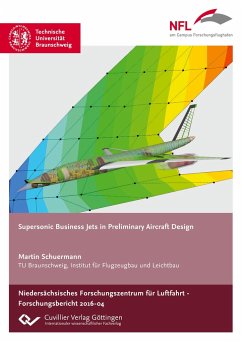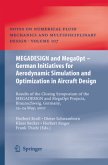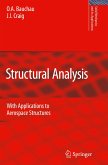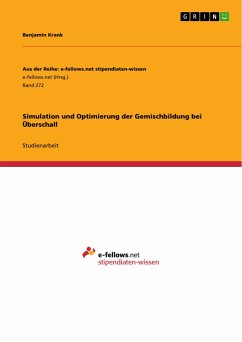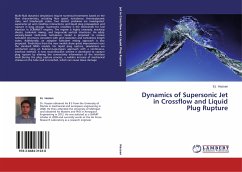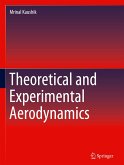The Preliminary Aircraft Design and Optimisation tool, PrADO, is an in-house program of the Institute of Aircraft Design and Lightweight Structures, TU Braunschweig, Germany, which covers a wide range of aspects of aircraft preliminary design. An initial aircraft concept serves as a basis for various analysis modules. Each module is designated to fulfil one special task e.g. aerodynamic analysis, estimation of structural mass, etc. The available methods grouped within those modules range from statistical methods to physics based models. From an aircraft developer's point of view PrADO is used within both, the conceptual and the preliminary design phase. The aim of this thesis is to introduce methods and methodologies to aircraft conceptual and preliminary design, more precisely to PrADO, that allow to judge supersonic aircraft concepts. Therefore, the aerodynamic analysis module, the structural analysis module and the propulsion module are extended. An inviscid flow solver is integrated to obtain aerodynamic coefficients. The calculated data serves as input to other analysis modules of PrADO. While the aerodynamic analysis module solely uses the outer geometry of the aircraft, the structural analysis module uses its internal structural layout as additional input to a herein developed finite element model generator. The distribution of secondary mass, fuel loading and payload distributions as well as loads for ground cases and trimmed flight cases are taken from the PrADO database, whereas the aerodynamic forces are calculated by solving the inviscid Euler equations. The model serves as basis for structural sizing and consequently the estimation of structural mass. The purpose of the propulsion module is to size the engine, to calculate the engine performance map and to provide reliable mass data based on the thermodynamic cycle. PrADO provides various models for the analysis of turbojet, turbofan and turboprop engines. It is extended by a turbofan engine with mixed exhaust flow. The verification of the aerodynamic data is solely based on its expected qualitative distribution, since data from higher order methods was not available for the time being. The results compare well with the expected behaviour. The structural sizing process is verified based on an example from literature. The results of the developed sizing algorithm show extraordinary agreement with the reference data. The extended aircraft design process is finally applied to an aircraft from the European research project HISAC. The results compare well with global aircraft data. An excursion into the field of temperature effects in supersonic flight is provided, since no relevant literature is found on the topic with regard to conceptual and preliminary aircraft design. The results are translated into helpful information on the material selection process in the stage of aircraft pre-design. Eventually, the tool chain is applied to analyse a supersonic business jet and the results are presented. Based on the results of this basic design, a parameter study is conducted. A combination of cruise Mach number and design range is varied. Global design parameters show expected sensitivity to such variations.

